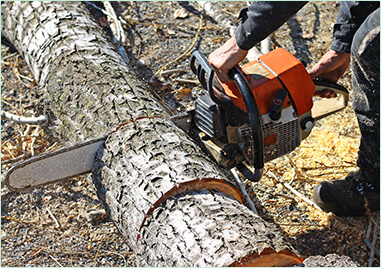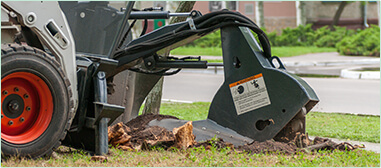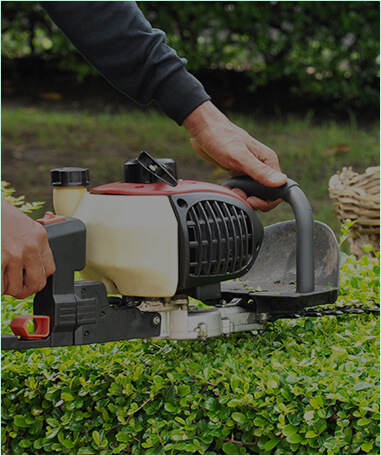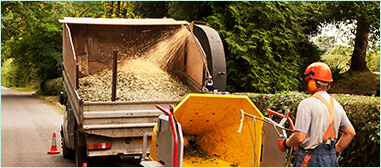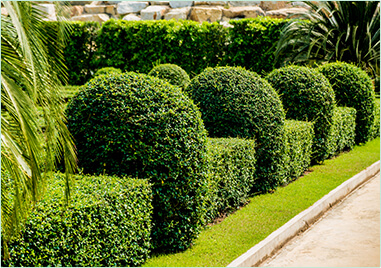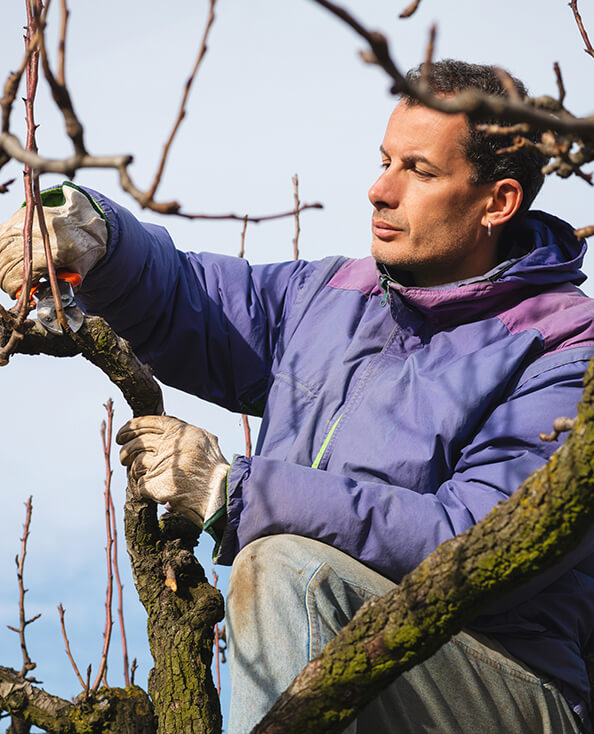Find The Right Tree Service Expert For The Job
Find A Tree Service Expert Near You

Same Day Service

Fast and Friendly

Low Price

24/7 Emergency

Secure Payment
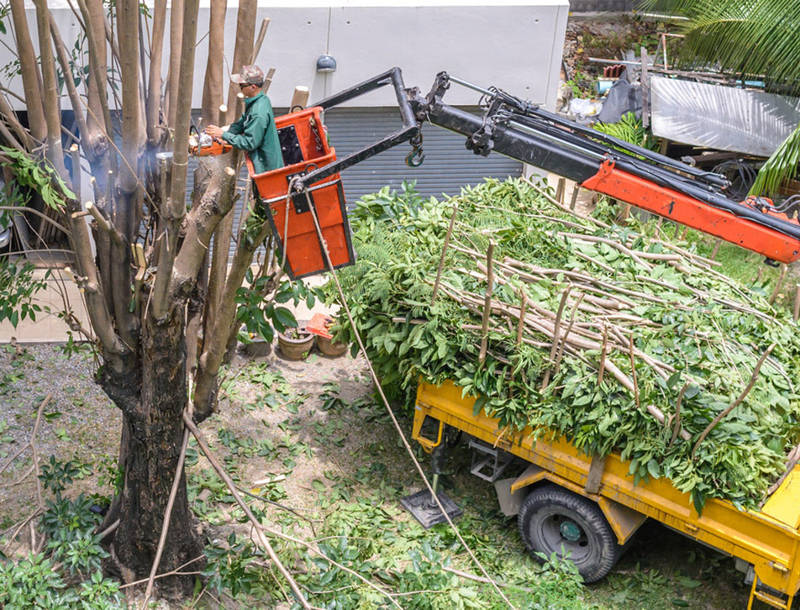
Welcome To The Local Tree Experts
Punctuality, competitive prices, and listening to our clients are some of the qualities that define our team of professionals. We focus on building a long-term relationship with all our clients. We do this by making sure that the tree removal project is as hands-off as possible for you. When working with us, you can relax, knowing that your project will be handled exactly as per your instructions.
A larger percentage of our clients are repeat clients. By doing the best possible job for our clients, we manage to establish ourselves as the only option for each client we work with.
Why Tree Removal Makes Sense
When it comes to making the decision to remove a tree, most property owners are quite reluctant. This is mainly because the first thought that comes to their mind is that tree removal will destroy their property’s aesthetic appeal. You should remove your tree when:
Structural problems
Tree is dead
Declining health
Storm damage
Property damage
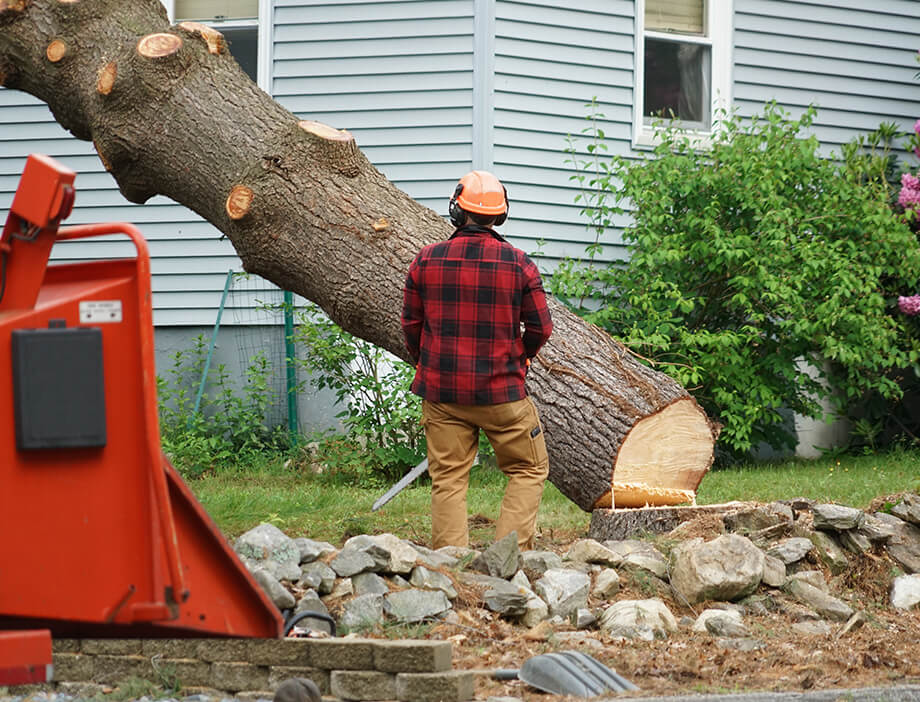
How Can We Enhance Your Property
Your Neighborhood Tree Service Professionals Handling All Your Tree Service Needs
What Makes Tree
Removal Necessary?
- Obstructive Trees
- Invasive Roots
- Storm Damage
Frequently Asked Questions
If you have never hired an arborist or tree removal specialist before, chances are, you have some questions you may need answers to. Below, we will answer the most commonly asked questions.
On Private Property
Different cities will have varying regulations for removing a tree on private property. It is usually easy to obtain a tree removal permit if:
- The tree falls within five (5) feet of your private property
- The tree is a safety hazard
- The tree is dead or dying
On Public Property
In almost every city, removing a tree from the public property will need a permit. The bigger the tree, the tougher it is to get the permit. However, if the tree is currently encroaching on your private property and maintenance practices, such as pruning, aren’t helping, it should be easier for you to acquire the permit.
This is a common issue in suburbs featuring tightly-packed housing tracts. In such areas, trees have been known to fall and cause damage to the neighbor’s property.
If you notice that your neighbor’s tree is a potential safety risk, consider suggesting the idea of
removing the tree to him or her. If necessary, consider helping the neighbor pay for the tree
removal.
If maintenance practices aren’t helping alleviate the safety risk and the neighbor is not buying
into the idea of full tree removal, reporting the tree as a hazard to the city authorities may be the
only solution.
This largely depends on the damage that can be caused by the tree’s roots or by the entire tree
if it happens to fall. If you are okay with using your driveway even after the tree’s roots inflicts
cracks on it, then, you may not need to invest in tree removal.
However, if you are concerned about the roots damaging your gas pipes and plumbing, you
may want to invest in tree removal. Also, if the tree may fall on your property, removing it before
it wrecks properties worth thousands of dollars may be a good idea.
Note: If you are still not sure whether tree removal is the best solution, you can always talk to
our arborists. Our experienced arborists will help you distinguish between a tree that can cause
serious damage and one that can be allowed to stay on your property.
Tree Services By States
- Alabama
- Arkansas
- Arizona
- California
- Colorado
- Connecticut
- District of Columbia
- Delaware
- Florida
- Georgia
- Hawaii
- Iowa
- Idaho
- Illinois
- Indiana
- Kansas
- Kentucky
- Louisiana
- Massachusetts
- Maryland
- Maine
- Michigan
- Minnesota
- Missouri
- Mississippi
- Montana
- North Carolina
- North Dakota
- Nebraska
- New Hampshire
- New Jersey
- New Mexico
- Nevada
- New York
- Ohio
- Oklahoma
- Oregon
- Pennsylvania
- Rhode Island
- South Carolina
- South Dakota
- Tennessee
- Texas
- Utah
- Virginia
- Vermont
- Washington
- Wisconsin
- West Virginia
- Wyoming
Top Tree Service Cities
- Arlington, TX Tree Service
- Atlanta, GA Tree Service
- Austin, TX Tree Service
- Baton Rouge, LA Tree Service
- Birmingham, AL Tree Service
- Chattanooga, TN Tree Service
- Chicago, IL Tree Service
- Clearwater, FL Tree Service
- Colorado Spring Tree Service
- Columbus, GA Tree Service
- Columbus, OH Tree Service
- Dallas, TX Tree Service
- Dayton, OH Tree Service
- Denver, CO Tree Service
- Des Moines, IA Tree Service
- Durham, NC Tree Service
- Fort Myers, FL Tree Service
- Fort Wayne, IN Tree Service
- Fort Worth, TX Tree Service
- Fresno, CA Tree Service
- Gainesville, FL Tree Service
- Grand Rapids MI Tree Service
- Greensboro, NC Tree Service
- Houston, TX Tree Service
- Huntsville, AL Tree Service
- Indianapolis, IN Tree Service
- Kansas City, MO Tree Service
- Knoxville, TN Tree Service
- Las Vegas, NV Tree Service
- Lincoln, NE Tree Service
- Little Rock, AR Tree Service
- Louisville, KY Tree Service
- Marietta, GA Tree Service
- Memphis, TN Tree Service
- Nashville, TN Tree Service
- Omaha, NE Tree Service
- Orlando, FL Tree Service
- Phoenix, AZ Tree Service
- Pittsburgh, PA Tree Service
- Portland, OR Tree Service
- Raleigh, NC Tree Service
- Reno, NV Tree Service
- Rochester, NY Tree Service
- Sacramento, CA Tree Service
- San Antonio, TX Tree Service
- San Diego, CA Tree Service
- Savannah, GA Tree Service
- Seattle, WA Tree Service
- St Louis, MO Tree Service
- Tallahassee, TN Tree Service
- Tampa, FL Tree Service
- Tucson, AZ Tree Service
- Tulsa, OK Tree Service
- Tyler, TX Tree Service
- Wilmington, NC Tree Service
- Woodstock, GA Tree Service
- Albuquerque, NM Tree Service
- Anaheim, CA Tree Service
- Arlington, TX Tree Service
- Atlanta, GA Tree Service
- Aurora, CO Tree Service
- Austin, TX Tree Service
- Bakersfield, CA Tree Service
- Baltimore, MD Tree Service
- Boston, MA Tree Service
- Charlotte, NC Tree Service
- Chicago, IL Tree Service
- Cleveland, OH Tree Service
- Colorado Springs, CO Tree Service
- Columbus, OH Tree Service
- Dallas, TX Tree Service
- Denver, CO Tree Service
- Detroit, MI Tree Service
- El Paso, TX Tree Service
- Fort Worth, TX Tree Service
- Fresno, CA Tree Service
- Henderson, NV Tree Service
- Houston, TX Tree Service
- Indianapolis, IN Tree Service
- Jacksonville, FL Tree Service
- Kansas City, MO Tree Service
- Las Vegas, NV Tree Service
- Long Beach, CA Tree Service
- Los Angeles, CA Tree Service
- Louisville, KY Tree Service
- Memphis, TN Tree Service
- Mesa, AZ Tree Service
- Miami, FL Tree Service
- Milwaukee, WI Tree Service
- Minneapolis, MN Tree Service
- Nashville, TN Tree Service
- New Orleans, LA Tree Service
- New York City, NY Tree Service
- Oakland, CA Tree Service
- Oklahoma City, OK Tree Service
- Omaha, NE Tree Service
- Philadelphia, PA Tree Service
- Phoenix, AZ Tree Service
- Portland, OR Tree Service
- Raleigh, NC Tree Service
- Riverside, CA Tree Service
- Sacramento, CA Tree Service
- San Antonio, TX Tree Service
- San Diego, CA Tree Service
- San Francisco, CA Tree Service
- San Jose, CA Tree Service
- Santa Ana, CA Tree Service
- Seattle, WA Tree Service
- Tampa, FL Tree Service
- Tucson, AZ Tree Service
- Tulsa, OK Tree Service
- Virginia Beach, VA Tree Service
- Washington, DC Tree Service
- Wichita, KS Tree Service
Our Latest Content
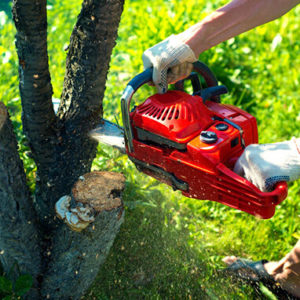
Stump Grinding Cost
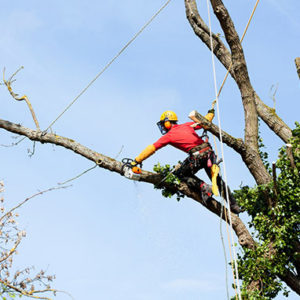
Tree Trimming Cost
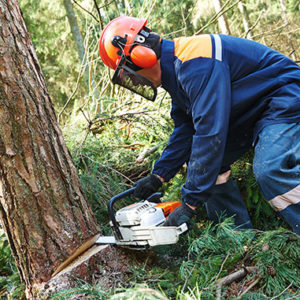
Tree Removal Cost
Get Expert Help From Us
Subscribe for our tree service tips, resources, and get up to date information on what you need to keep your tree in tip-top shape year-round.


